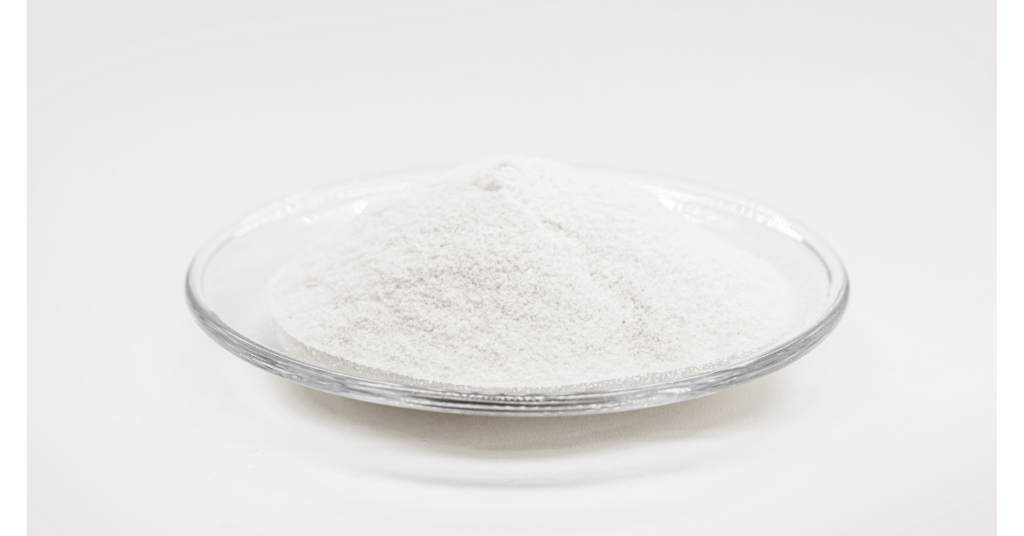Mag Phos – Homeopathic Remedy
Mag Phos (Magnesium phosphoricum)
Is your health seriously cramping your style? Do you get spasms that have nothing to do with the latest dance craze, or your partner’s sexual prowess? If the answer is yes to these two questions then mag phos may be the remedy for you.
Description
This is a tissue salt, first introduced by the German medical doctor and homeopath, Willhelm Heinrich Schussler, in the late 1800’s. It was one of twelve tissue salts believed by Schussler to be essential to the body’s well-being. According to Schussler, many diseases are caused by a deficiency of one or more of these tissue salts. Mag phos occurs naturally in the body and is as an integral part of normal nerve and muscle functioning. Its deficiency can lead to cramping pains, spasms, as well as heart and skeletal muscle damage.
Other names: Phosphate of magnesia, magnesia phosphorica.
Uses
Homeopaths may prescribe this remedy for:
Neuralgia displaying the following symptoms: Severe burning or stabbing pain, usually following the course of a nerve; pain may be brought on by a cold draught; pain often occurring on the right side of the body.
Writer’s cramp displaying the following symptoms: Shooting, intermittent pain; pain may be brought on by a cold draught; pain often occurring on the right side of the body.
Spasms and cramps displaying the following symptoms: Shooting, intermittent pain; pain may be brought on by a cold draught; pain often occurring on the right side of the body.
Colicky pains displaying the following symptoms: Relieved by doubling over, heat or firm pressure.
People requiring this remedy will feel worse: In cold air, at night, if tired and run-down.
People requiring this remedy will feel better: With heat and pressure.
People suitable for this remedy are usually thin, sensitive, worriers. They are also often very academic, with a tendency towards overwork.
The information given on this site about homeopathic remedies is just a general overview. Classical homeopathy takes all the patient’s symptoms into account and prescribes upon the “Totality of Symptoms”, thus finding the precise remedy that matches the patient’s symptoms perfectly.
Here, at The CMA we recommend that anyone interested in learning more about homeopathy and the fascinating remedies that homeopaths use should take an introduction course to homeopathy, which will help you to understand how to become a good home first-aid prescriber. This is ideal for ‘acute symptoms’. However, if you want to learn more – with a view even to becoming a professional homeopath, who is educated highly enough to be able to treat chronic conditions, you’ll need to be prepared to spend many years learning this vast and fascinating topic – along with anatomy, physiology and pathology, history of medicine, homeopathic philosophy, and much more. You’ll find both kinds of courses here on this site – head to our section on Find a CMA Member and search under CMA Registered Training Schools.


